Expansion of Retail Channels
The expansion of retail channels in South Korea is significantly impacting the canned tuna market. With the rise of e-commerce and online grocery shopping, consumers now have greater access to a variety of canned tuna products. Recent data shows that online grocery sales have surged by 25% in the last year, indicating a shift in shopping habits. This trend suggests that companies in the canned tuna market may need to enhance their online presence and distribution strategies to capture this growing segment. Additionally, traditional retail outlets are also diversifying their offerings, providing consumers with more choices and convenience. As a result, the canned tuna market is likely to see increased competition and innovation in product offerings.
Innovations in Packaging Technology
Advancements in packaging technology are playing a crucial role in the canned tuna market in South Korea. Innovative packaging solutions, such as vacuum sealing and easy-open cans, enhance product freshness and convenience, appealing to modern consumers. The introduction of eco-friendly packaging options also aligns with the growing environmental consciousness among South Korean consumers. According to recent statistics, the market for sustainable packaging is projected to grow by 15% annually, indicating a shift towards more environmentally responsible choices. This trend suggests that companies within the canned tuna market may need to adapt their packaging strategies to meet consumer expectations and regulatory requirements, potentially leading to increased market share and customer loyalty.
Rising Demand for Protein-Rich Foods
The increasing awareness of health and nutrition among consumers in South Korea appears to drive the demand for protein-rich foods, including canned tuna. As consumers seek convenient sources of high-quality protein, the canned tuna market is likely to benefit. Recent data indicates that protein consumption in South Korea has risen by approximately 10% over the past five years, with canned tuna being a favored option due to its nutritional profile. This trend suggests that the canned tuna market may experience sustained growth as more individuals incorporate it into their diets, particularly among health-conscious consumers. Furthermore, the convenience of canned tuna aligns with the busy lifestyles of many South Koreans, making it an attractive choice for quick meals or snacks.
Economic Factors and Consumer Spending
Economic factors are influencing consumer spending patterns in South Korea, thereby impacting the canned tuna market. As disposable incomes rise, consumers are more willing to spend on premium canned tuna products, which often feature higher quality and unique flavors. Recent economic reports indicate that consumer spending in the food sector has increased by 8% over the past year, suggesting a positive outlook for the canned tuna market. However, fluctuations in the economy could also lead to shifts in consumer preferences towards more affordable options. This duality indicates that companies within the canned tuna market must remain agile and responsive to economic changes, potentially adjusting their product lines and pricing strategies to meet diverse consumer needs.
Cultural Preferences and Culinary Trends
Cultural preferences and culinary trends in South Korea are shaping the canned tuna market. The popularity of Korean dishes that incorporate canned tuna, such as kimbap and tuna salad, is driving consumption. Recent surveys indicate that approximately 60% of South Koreans regularly consume canned tuna, highlighting its integration into daily meals. This cultural affinity for canned tuna suggests that the market may continue to thrive as it aligns with traditional eating habits. Furthermore, the rise of fusion cuisine, which combines traditional Korean flavors with international influences, could further enhance the appeal of canned tuna products. As culinary trends evolve, the canned tuna market may need to innovate and diversify its product offerings to cater to changing consumer tastes.


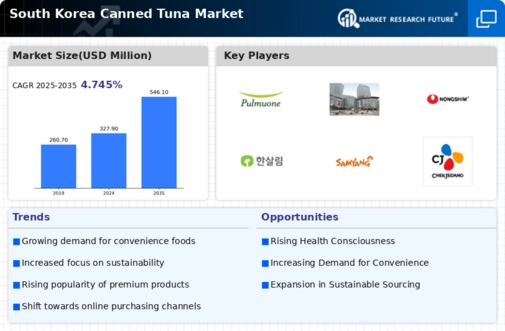
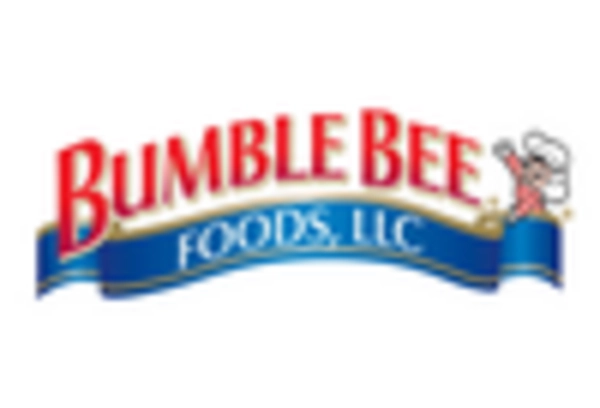
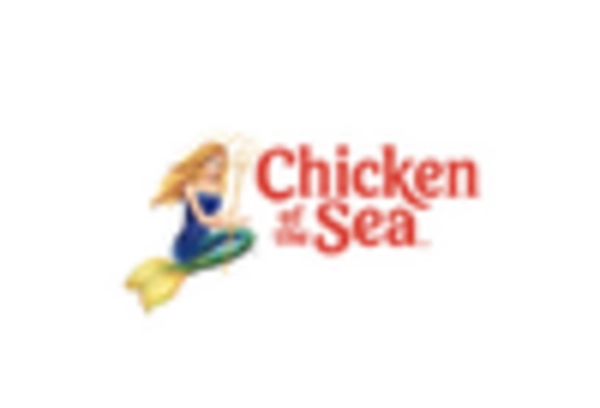
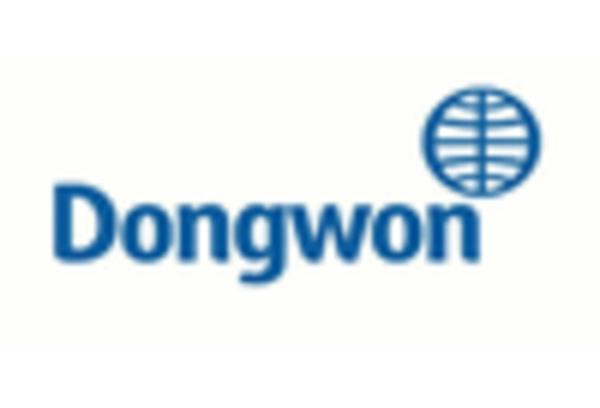
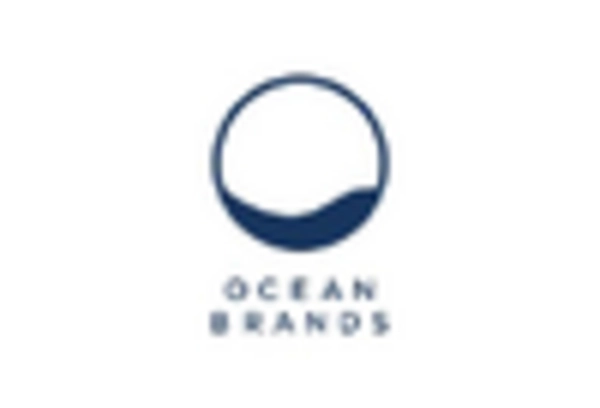
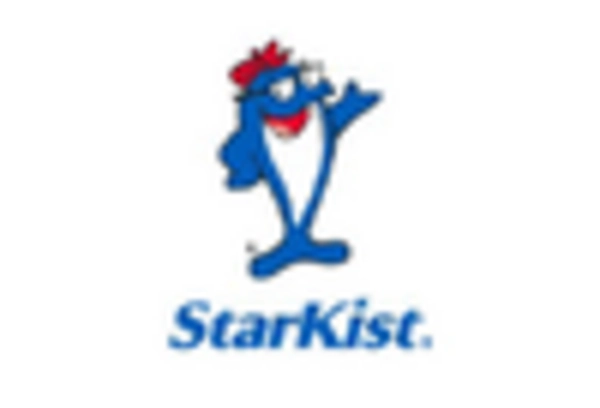









Leave a Comment